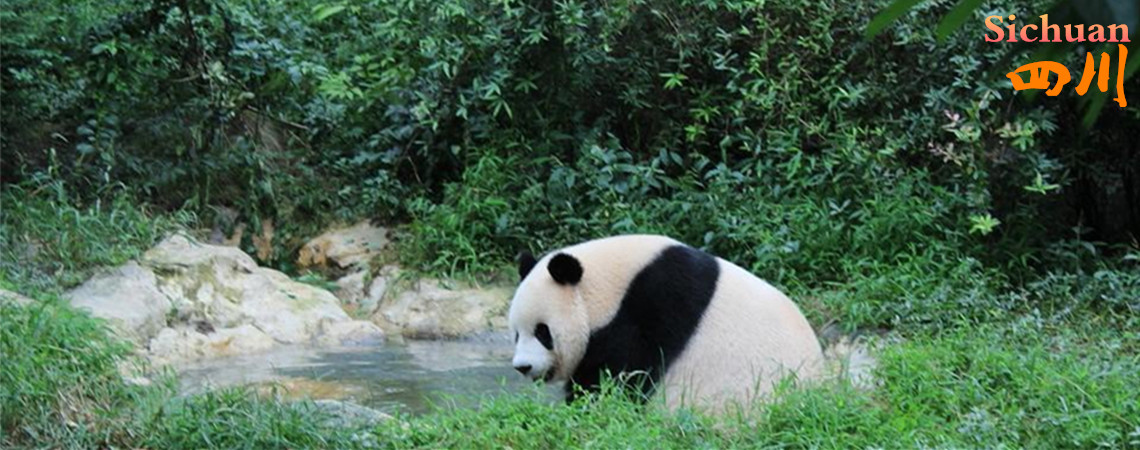At the end of 2011, Sichuan has a resident population of 80.5 million, increasing by 80,000 compared to last year’ number. The urban population is 33.67 million and the rural population is 46.83 million. The urbanization rate is 41.83%, 1.65% higher than that of last year. There are a total 788,800 newborns in 2011. The birth rate is 9.79‰, growing by 0.86‰. The death population is 548,700 with the death rate being 6.81‰. The population growth rate is 2.98‰.
Sichuan Province is inhabited by multiple ethnic groups. There are 55 ethnic groups with a population of 4.22 million. The Yi, Zang(Tibetan), Qiang, Miao, Hui,
Mongolian, Tujia, Lisu,
Manchu, Naxi, Bouyei, Bai,
Zhuang, and
Dai are indigenous ethnic groups.
Sichuan is the only habitation for the Qiang ethnic group, the largest habitation for the Yi ethnic group as well as the second largest habitation for the Zang ethnic group in
China. The major habitations for ethnic groups are Liangshan Yi Autonomous Prefecture, Ganzi Zang Autonomous Prefecture,
Aba Zang and Qiang Autonomous Prefecture, Muli Zang Autonomous County, Mabian Yi Autonomous County, Ebian Yi Autonomous County and Beichuan Qiang Autonomous County.
Ethnic minority regions in Sichuan have taken tourism as an important industry, gathered resources and strength in upgrading scenic spots and creating new ones to developing tourism, and drive the development of regional economy. For instance, since the development of universe tourism,
Ganzi has witnessed tourist increases in geometric series. In 2015,
Ganzi has received tourists of 10 million with tourism income of 10 billion. In 2018, the tourism income of Ganzi will reach 16.4 billion. By then, tourism revenue will account for about 40% of local taxation.

 Ask Questions ?
Ask Questions ?